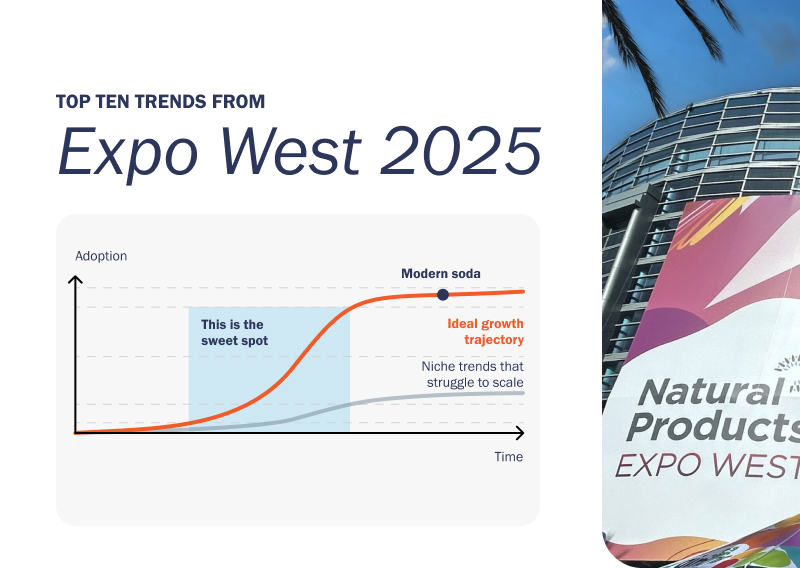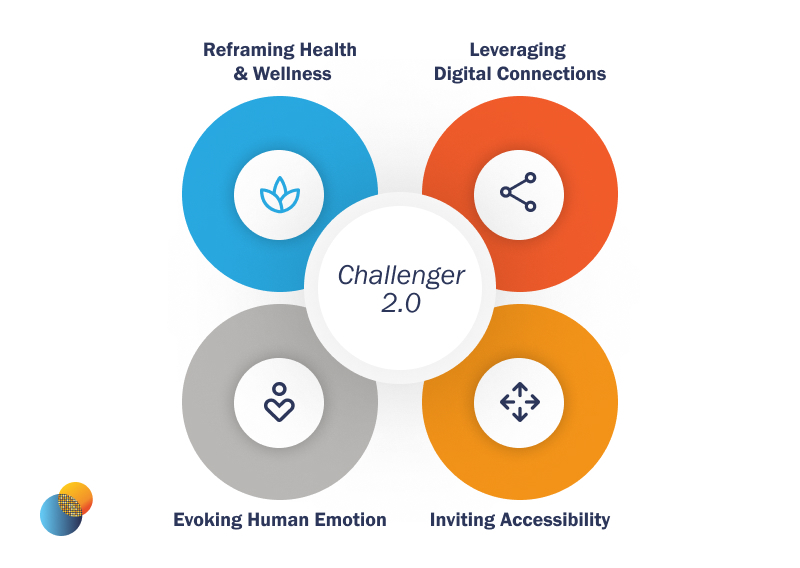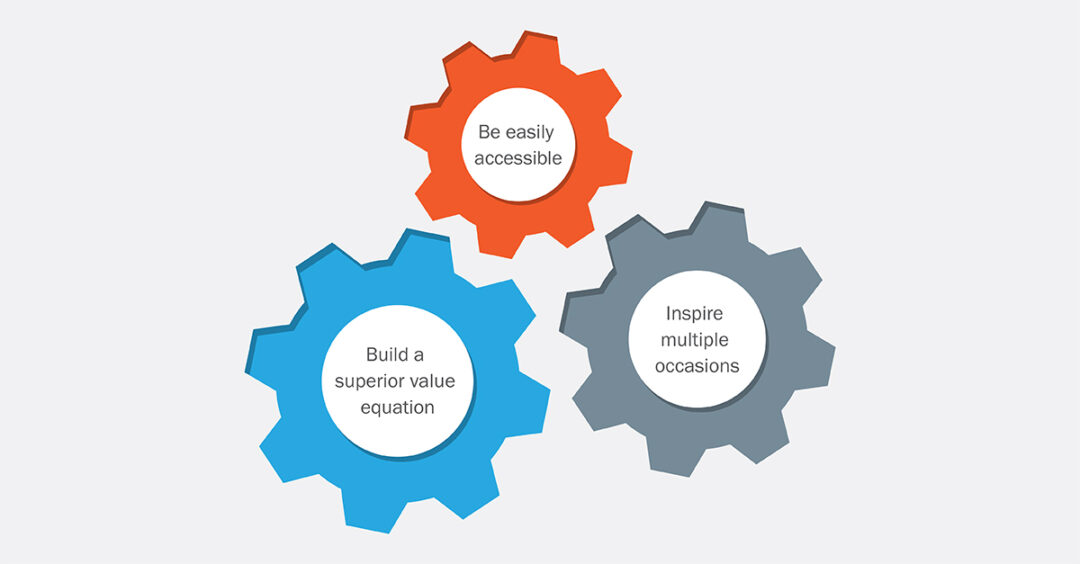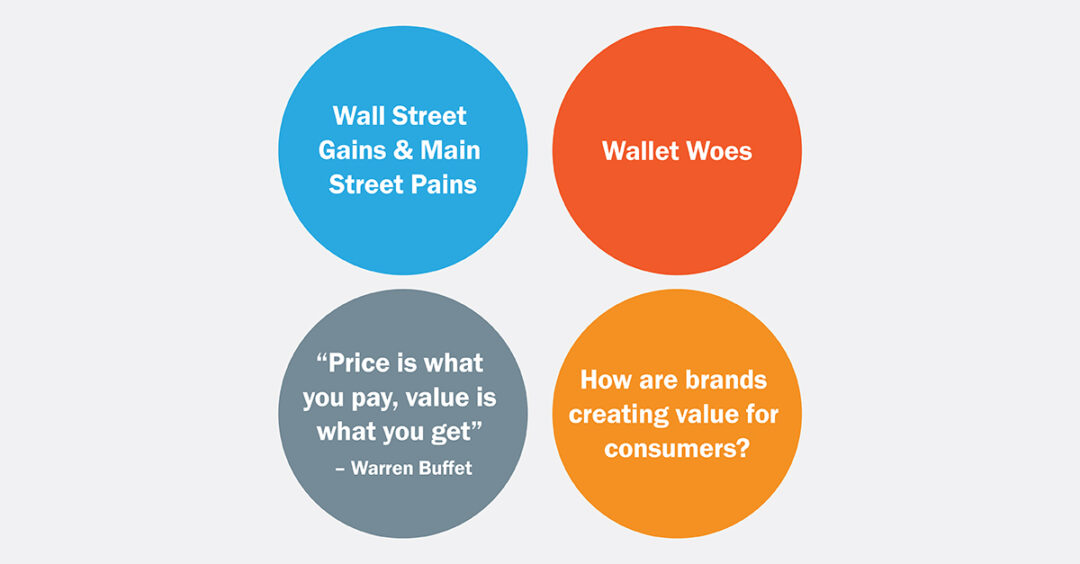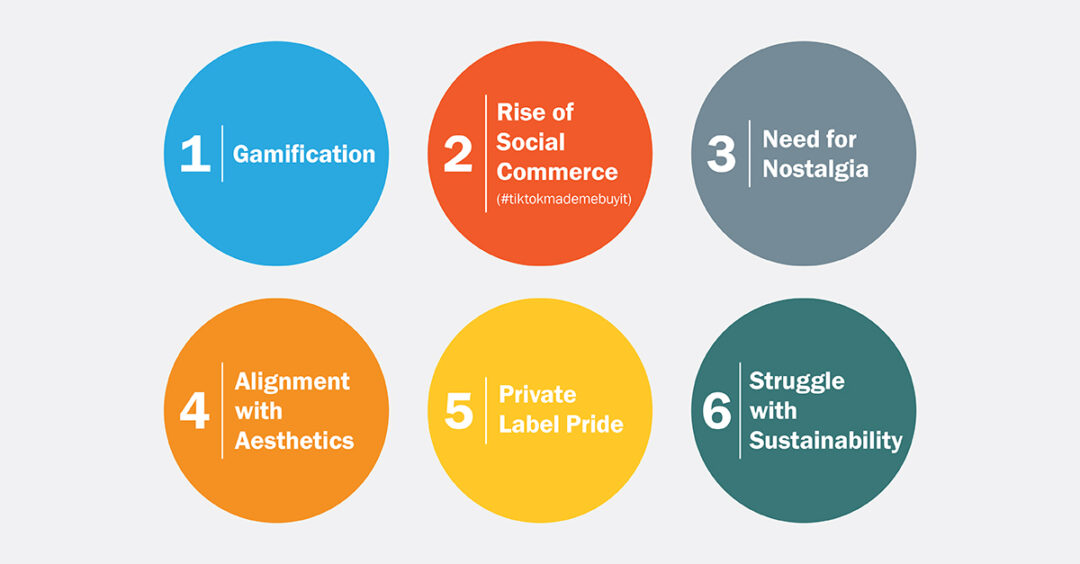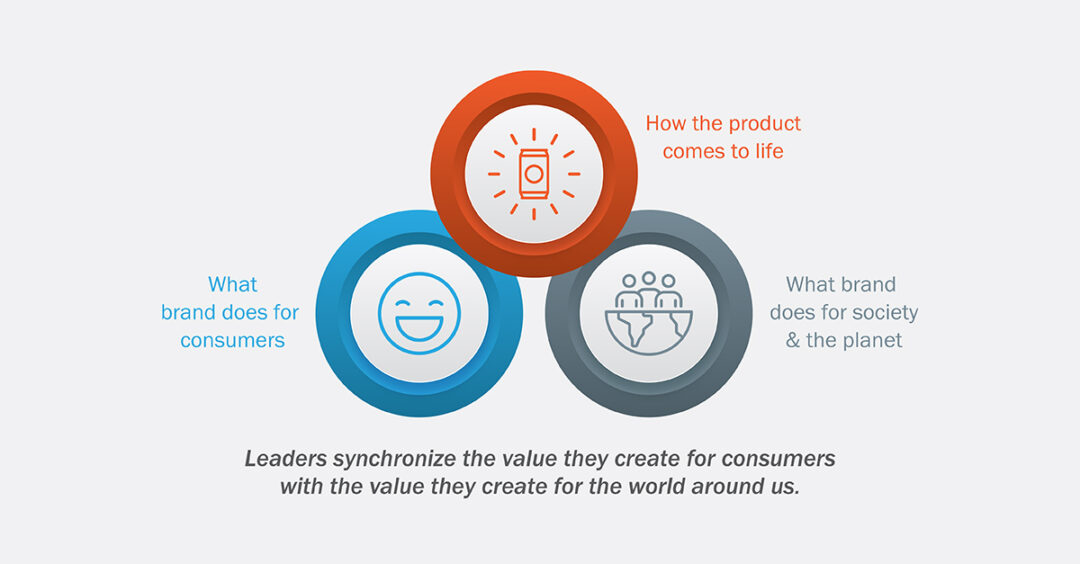Building a Repeatable Growth Model
The Repeatable Growth Model
A fundamental need for brands is articulating what they stand for that uniquely delights consumers and differentiates from competitors. As consumer behaviors and values evolve, and competition is constantly in flux, we believe it is important to revisit this foundation often. Standing apart means that brands must be instantly recognizable and top-of-mind with consumers, which is a challenge as consumers make less exploratory and more hurried trips through stores and commerce sites. To maximize the impact of potential connect points with consumers, brands must have a deep understanding and clear articulation of their unique right to win.
At the Seurat Group, we’ve found that brands can increase mental availability and unlock growth by building a Repeatable Growth Model – a framework that captures each brand’s core competencies and codifies how the brand captures, retains, and ultimately delights its consumers. Through the lens of the Repeatable Growth Model, brands can articulate their unique “edge” and develop strategies that improve trial, loyalty and ultimately organic brand advocacy.
Below, we lay out the components of the Repeatable Growth Model.
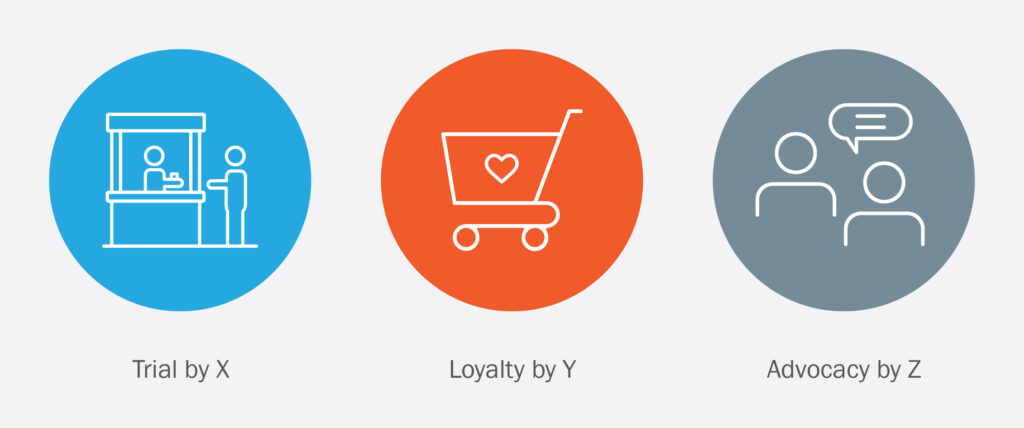
How It Works
A Repeatable Growth Model is a brand’s unique perpetual motion machine. A successful model leverages deep insight to identify key behavioral triggers and associated activation to draw consumers in, drive repeat purchase, and ultimately gain loyalty.
Example: Fairlife ultra-filtered milk
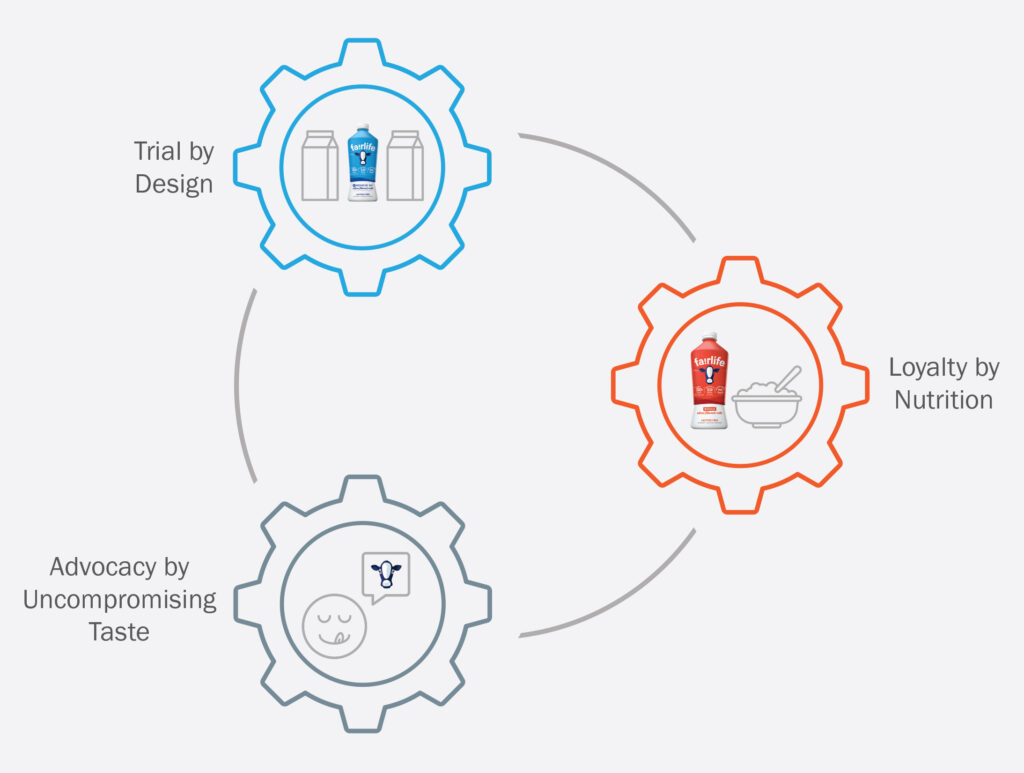
Trial by Design
Consumers notice the brand on shelf for its eye-catching product design in a sea of traditional milk gallons.
Loyalty by Nutrition
After trying the product, consumers are drawn to incorporate it into their daily routine for its elevated nutrition, which features higher protein and lower sugar than regular milk.
Advocacy by Uncompromising Taste
Finally, loyal consumers become authentic ambassadors for the brand, advocating it to friends and family because it offers the great taste of regular milk in a lactose-free form that removes the digestive pitfalls of dairy.
Expansion
Fairlife replicated this formula by expanding into coffee creamer and ice cream, two categories with opportunity to maintain the positive taste and texture of traditional dairy while improving on the nutrition and digestive ease of existing options.
How to Develop and Leverage the Model for Growth
Stay close to your consumer. Consumer anthropology and deep discovery are invaluable tools for a brand to reveal and articulate its “secret sauce” among consumers. It is helpful to validate the impact through additional quantitative research.
Map today and tomorrow. A model based on current consumer experiences with your brand can lay out where the brand wins today and provide opportunities to amplify what’s working, but it is also critical to recognize emerging areas your brand needs to win tomorrow. Identify and conduct research among your leading-edge consumers to identify how your brand’s model should evolve to meet tomorrow’s needs.
Understand what “breaks” the model. Equally valuable to understanding the drivers of trial and loyalty is understanding the opposite: what discourages your target consumer from trying or returning to your brand? Listening to lapsed or occasional users can identify opportunities to strengthen the model, building on strengths or addressing weaknesses to convert these consumers into loyalists.
Conclusion
Brands that have charted their Repeatable Growth Model win because they have a litmus test for their consumer strategies going forward, allowing them to communicate and innovate against the key differentiating elements of their offer. We welcome a discussion about what your brand’s Repeatable Growth Model could be!
To discuss any of these ideas further, please contact us at info@seuratgroup.com.



